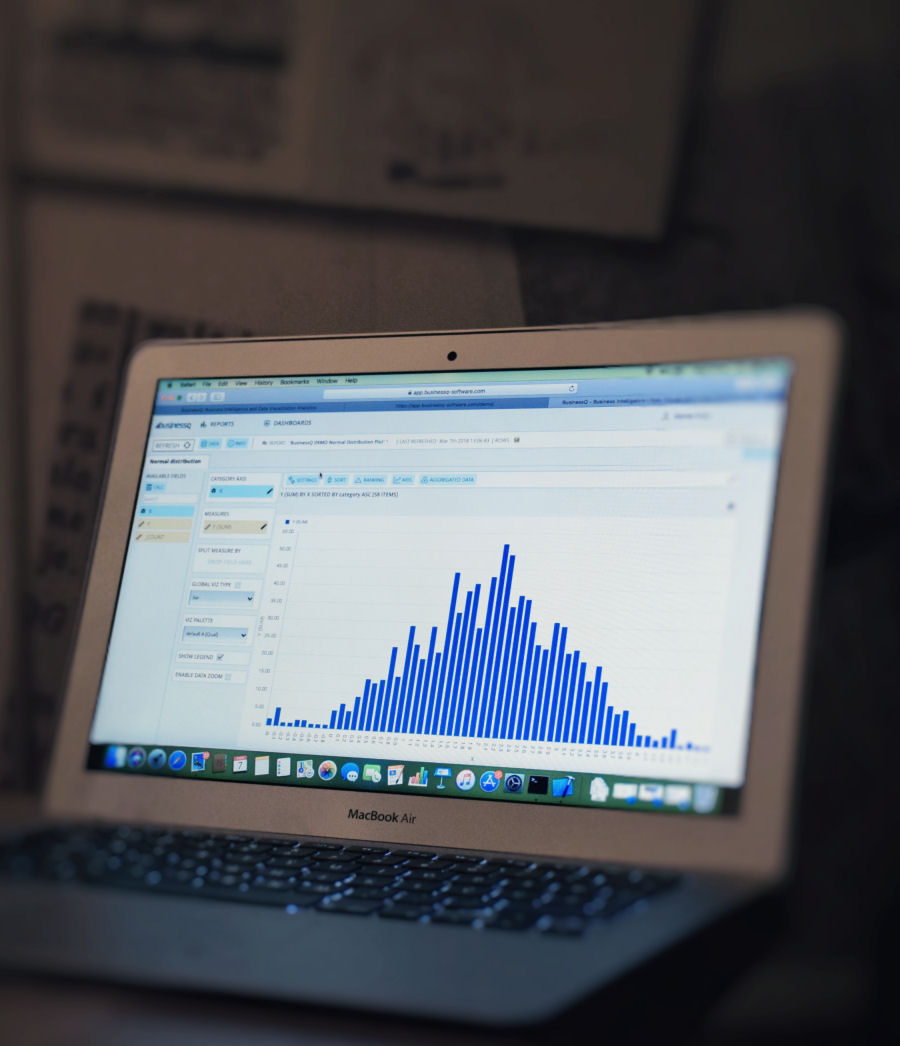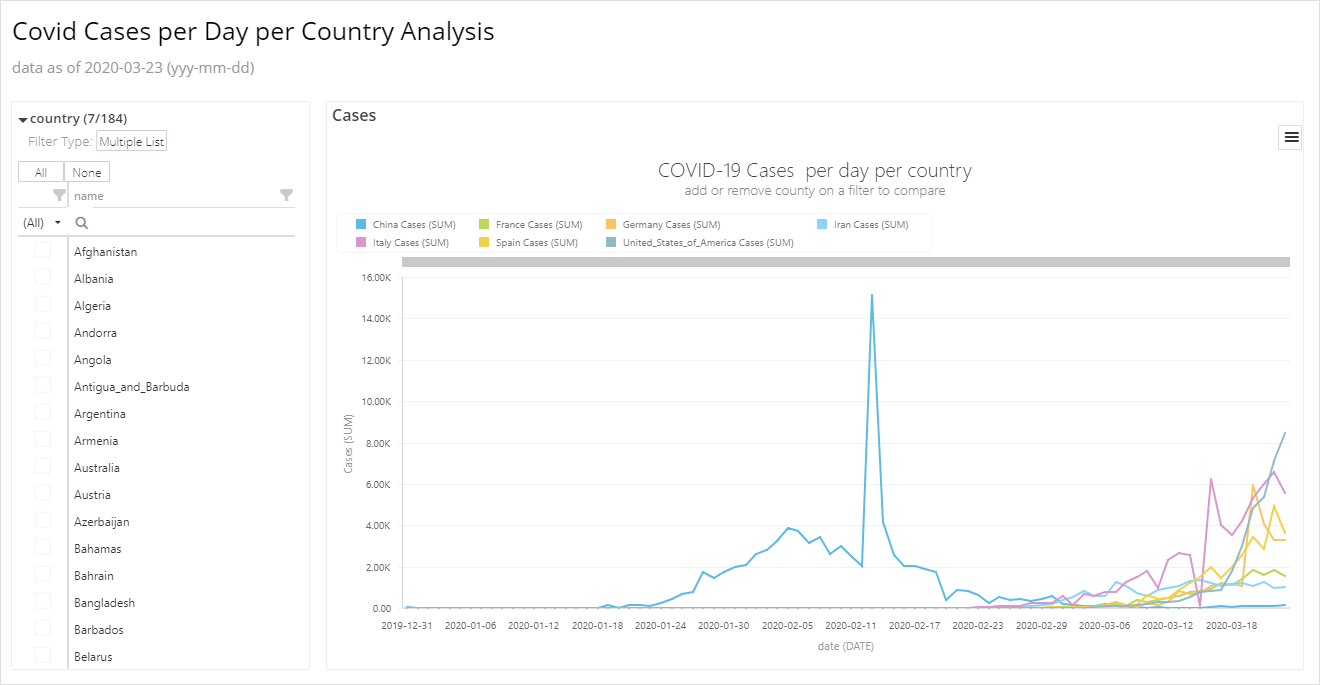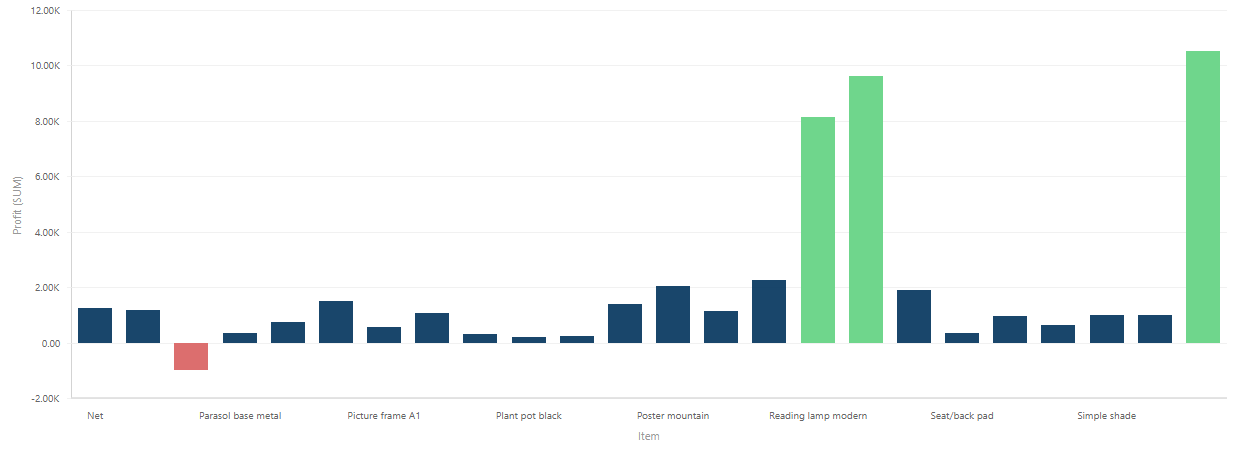Data Visualization – what are the benefits?
Data visualization. The term which is more and more spoken of, but I have a feeling that many people lack the real definition or real feeling about what data visualization really is. Or, what it should be. First I will try to clarify what it is, and only then can I consider what the direct benefits of meaningful data visualization are.
What it is all about?
Despite the fact that some activities that could be considered as data visualizations are very old, most development has occurred in the past 30-40 years. In that period, from the first organized papers of John Tukey or Edward Tufte, I believe that many scientists and later IT professionals felt like I felt when first introduced to such literature. The dominant feeling was that everything fell into place and I asked myself how could I make so many mistakes in my professional life connected to building reports, graphs etc.
Therefore I think that the biggest mistakes in data visualization are made because people don’t pay the required level of attention to it; they are sure that they know what they are doing. Even on commercials from top BI vendors, one can see glossy dashboards full of colors, 3D bar graphs and 3D transparent pie charts. To the untrained eye that looks great, but that is the core of the problem – it only ‘looks’ great. But it is informative? A lot of colors for encoding visual information leads to visual noise; on 3D bar graphs you can not read measures correctly, and if you are presented with a 3D transparent pie-chart, just pick any two slices and try to ask yourself which slice is bigger and by how much?
What IS Data Visualization?
I hope that now you agree that there is much more to visual presentation of quantities then just to click a ‘convert to graph’ button in some application. If we consult fields of psychology, human visual systems and cognition or gestält principles of visual perception, we become aware that data visualization is something that has to be done right and, even more importantly, it can be learned and taught. Let’s emphasize just one example. There is well-known early stage of visual perception that occurs very fast below the level of consciousness called preattentive processing. It enables every human being to be capable of detecting a specific set of visual attributes at great speed. The first example that spings to mind is the very text you read. If I ask you to count how many times did the word ‘visual’ occur in this text, you will need at least 10 or 20 seconds for an answer. But, if every word ‘visual’ come in bold style and colored red, recognition will be almost instantaneous. That will be because difference in color will be preattentively perceived. Other such categories include – for example – position, orientation, size or shape differences.

Benefits – when done right
Once a data visualization designer is aware of such simple principles, he can apply them to any report or graph, data analysis or information dashboard. Only then will it provide a powerful means to make sense of data. When done properly, data visualization will make us think, compare data, read stories out of our data, will put data in the right context and ultimately help decision-makers to make the right decisions.
We are developers of data visualization software BusinessQ. Try it for free and make reports and dashboards that makes sense, without chart junk.





